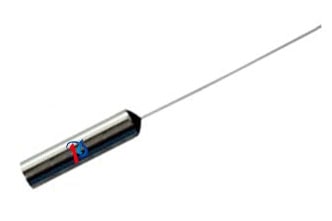Imagine a world where fiber optic communication was as reliable and stable as it is today. Well, that’s all thanks to an ingenious invention called the Faraday Mirror. A Faraday mirror is a fiber optic polarization rotator mirror that is used to manufacture a variety of passive fiber optic components. It is an important invention that enabled the development of passive polarization-maintaining components.
Previously, the primary concern was maintaining the state of polarization as the beam traveled across the fiber. This is easily accomplished by employing a polarization-maintaining (PM) fiber, which is intended for the same reason.
However, PM fibers and PM-fiber-based systems were previously prohibitively expensive for many applications and were complex to manage.
What is a Faraday Mirror?
A Faraday mirror is a special type of fiber optic component that helps maintain the state of light polarization as it travels through the fiber. Polarization is the orientation of the light waves, and it’s crucial for many fiber optic applications. Without a way to control polarization, the light signal can become distorted and affect the overall performance of the system.
The Faraday mirror works by using a special material called Terbium Gallium Garnet (TGG) that has a unique property called the Faraday effect. This effect allows the mirror to rotate the polarization of the light in a specific way, ensuring that the signal remains stable and undistorted as it travels back and forth through the fiber.
How Does a Faraday Mirror Function?
The Faraday mirror is made up of three main components: a fiber collimator, a Faraday rotator, and a mirror. As the light enters the Faraday mirror, it passes through the Faraday rotator, which rotates the polarization of the light by 45 degrees in a clockwise direction.
When the light hits the mirror, it’s reflected back through the Faraday rotator. However, due to the Faraday effect, the polarization of the light is rotated another 45 degrees, this time in the same clockwise direction. This means that the total rotation of the polarization is 90 degrees, effectively “flipping” the orientation of the light.
As the light travels back through the fiber, it encounters the same birefringence (a property that causes the polarization to change) that it experienced on the way in. But because the polarization has been rotated by 90 degrees, the birefringence is automatically compensated for, and the light remains stable and undistorted.


Leave A Comment